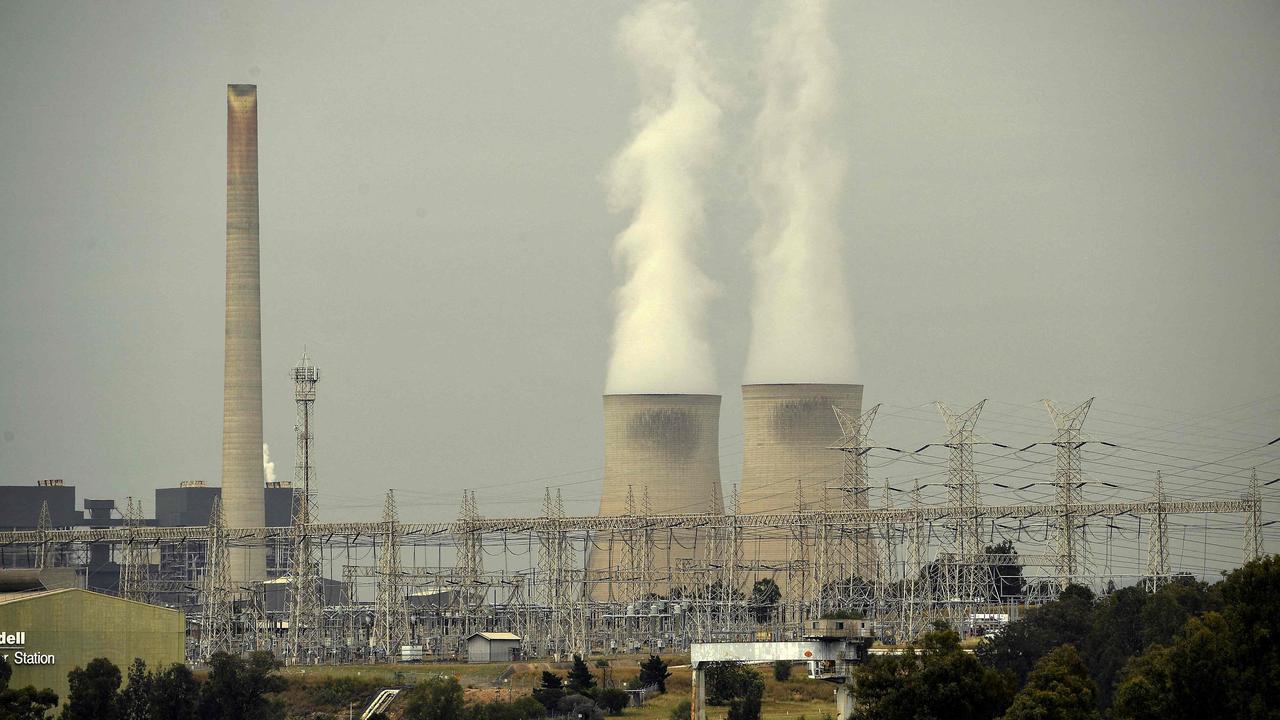Shell quietly shelves Australian offshore wind plans
One of the world’s largest energy companies elected to withdraw an application to build an offshore wind project in Victoria.

Shell, one of the world’s largest energy companies, quietly shelved plans to develop an offshore wind project in Victoria, as it implements its strategy to invest in less capital intensive, mature forms of electricity generation.
The decision is the first known example of a developer walking away from Victoria’s offshore wind plans, and it will do little to quell concern about the prospects for an industry that Victoria has earmarked as playing a critical role in its transition away from fossil fuels.
Victoria in 2022 set a target of generating about 20 per cent of its energy needs from offshore wind within a decade. The target then doubles to 4GW by 2035 and 9GW by 2040. In all, Victoria sees potential for 13GW of offshore wind capacity by 2050, five times the current renewable generation in Victoria.
The target drew a plethora of some of the world’s largest global energy companies to submit an application for a so-called feasibility licence, and Shell was understood to have been informed late last year that it was in line to secure a permit should it overcome a boundary dispute.
Untangling the dispute was seen as inevitable, but Shell determined it would not proceed with its initial application as it delivers on chief executive’s Wael Sawan’s commitment to be “ruthless” in focusing on financial performance.

A Shell spokeswoman confirmed the decision, but stressed the company remained confident in the viability of offshore wind in Australia.
“After careful consideration, including more than two years of pre-feasibility work, Shell Australia withdrew from the feasibility licence application process for offshore wind development in Gippsland, Victoria earlier this year,” a she told The Australia.
“Shell continuously assesses its global portfolio. In Australia, Shell is focusing on growing our low carbon energy portfolio including via onshore wind and battery energy storage projects. Australia’s abundant offshore wind resources have strong potential to help Australia achieve net zero emissions by 2050 and Shell continues to have confidence in the establishment of a sustainable Australian offshore wind industry.”
Despite Shell’s public commitment to the sector, Australia’s offshore wind industry is expected to be extremely expensive, industry sources said. While the industry expects costs to come down, sources said current projections have new projects costing around $300/MW, well in excess of the current wholesale price of circa $120/MW.
Offshore wind is substantially more expensive than onshore wind and solar, and Shell is understood to have developed plans to focus instead on onshore alternatives.
There are also substantial costs associated with moving towards a final investment decision associated with offshore wind,
The 12 projects granted a feasibility licence by the federal Labor government will now begin seabed and environmental studies to confirm the suitability for an offshore wind project.
Should all projects proceed to construction, the industry is also concerned about winners being picked.
The 12 projects that have secured a feasibility licence have a combined capacity of 25GW, nearly double the target Victoria has offered to underwrite.

Sources familiar with the thinking of the Victorian government acknowledge that not all the 12 projects are likely to materialise and those that do will be ready at different times.
Victoria plans to incrementally stimulate developments but there are concerns about the state’s capacity to pay as its budget deficit grows.
While the concerns have elevated alarm around the industry, Australia’s energy industry acknowledges offshore wind is vital for the country’s transition.
Wind and solar are expected to be the bedrock of Australia’s electricity grid in the future but offshore wind will be needed to supplement its onshore compatriot.
Offshore wind typically produces more electricity during the night when output from the onshore equivalents ebbs away. An offshore wind industry would also be a viable new sector for workers displaced by coal exits.
A Victorian government spokesperson said the state was building Australia’s first offshore wind energy industry and learning from global leaders in the sector to ensure the auction process is competitive and results in the timely delivery of projects.
“It is normal for developers to explore projects and then stop work on them, for a variety of reasons internal to their business,” the spokesperson said.
“The Commonwealth has recently approved 12 offshore wind projects for feasibility licences in Gippsland that can generate 25 gigawatts of electricity – more than enough to meet Victoria’s energy needs.”







